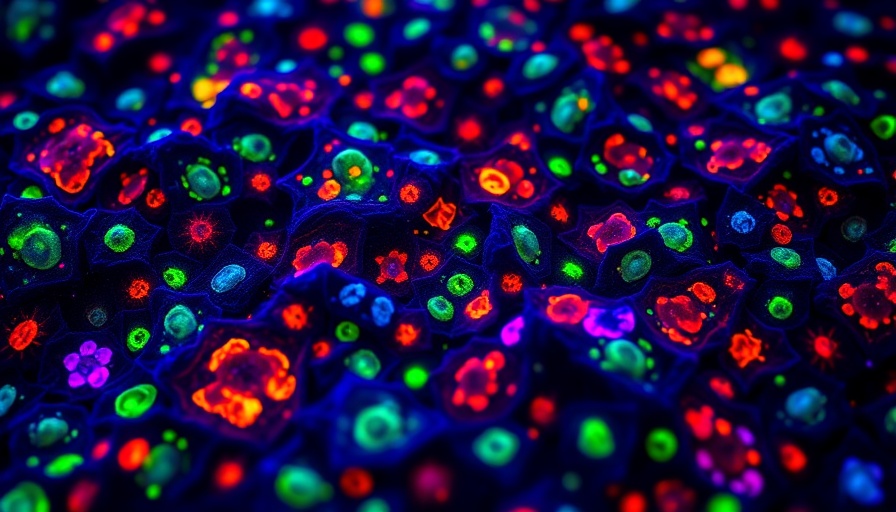
The Misconception of Inattentional Blindness
For years, the notion that visual awareness is contingent on our attention was supported by classic experiments, such as the famous invisible gorilla study. Participants focused on counting basketball passes only to completely overlook a dancer in a gorilla costume. This led many researchers to conclude that without focused attention, we cannot accurately perceive visual information. Yet, a groundbreaking study published in eLife challenges this long-held belief, suggesting that our brains might be capable of perceiving and processing visual information without the need for conscious awareness.
New Insights on Visual Awareness
The recent study, spearheaded by Ian Phillips and his team from Johns Hopkins University, involved over 25,000 participants who engaged in various visual tasks. Participants were often unaware of specific stimuli appearing on the screen while addressing their assigned tasks, yet they could still accurately guess the color and location of those stimuli. This juxtaposition illustrates that awareness might not be an all-or-nothing phenomenon but rather a spectrum where certain details seep into our consciousness, even if we aren't actively looking for them.
Understanding the Bias in Reporting
Phillips highlights that traditional methods of assessing inattentional blindness could be flawed. His research pointed out the limitations in simply asking individuals, “Did you see that?” which often leads to inaccuracies influenced by personal biases and uncertainties. Only focusing on “yes” or “no” introduces ambiguity, making participants second guess their perceptions. Instead, using more nuanced measures, Phillips’s study invites a reconsideration of how perceptions and reporting can coexist, thus expanding our understanding of how the mind processes visual stimuli.
The Implications of Awareness Without Attention
This revelation carries significant implications for not only psychological research but also broader fields. For educators and parents, recognizing that children and learners can absorb information subconsciously highlights the importance of creating stimulating environments where visual stimuli are plentiful. Likewise, gaming, advertising, and even design can benefit from understanding how people can notice elements without direct focused attention.
Future Research Directions: Expanding the Horizon
While this study dives deep into inattentional blindness, it opens doors for many more inquiries into how visual information is absorbed and registered in the brain. As technology progresses, newer methods for studying the brain's unconscious processing mechanisms may reveal even more about how the mind navigates and interacts with the world. Understanding these processes not only furthers academic fields but also empowers individuals to harness their cognitive abilities in everyday situations.
Bridging Context with Real-World Application
The implications of this research extend beyond academia. Businesses can leverage these insights to create designs that catch a consumer’s eye—even if they aren’t directly focused on them. Similarly, safety training programs can incorporate principles from this research to ensure critical information is registered by trainees, regardless of where their primary focus lies.
The Dichotomy of Attention and Awareness
At the heart of these findings is the intriguing relationship between attention and awareness. This study suggests that our experiences are much richer and multifaceted than previously thought. As we continue to dissect the complexities of human perception, it is vital to foster a culture of questioning established norms, particularly in psychology, to continually expand our understanding of our consciousness.
Overall, this evolving discourse will lead to profound understanding of not just how we perceive the world, but also how we interact with it.
 Add Row
Add Row 

 Add
Add 


Write A Comment